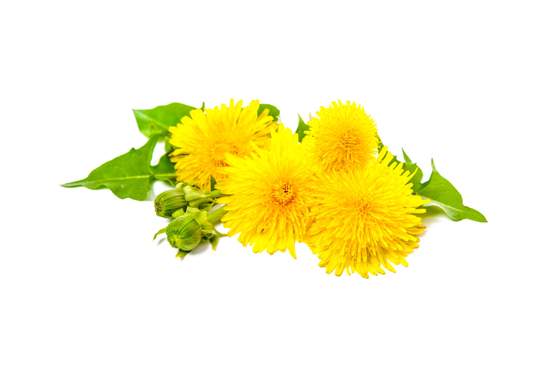
Dandelion
Though widely considered a pesky weed, the name dandelion has a majestic meaning: it comes from Anglo-French dent de lion which literally means "lion's tooth" because of its sharply indented leaves.
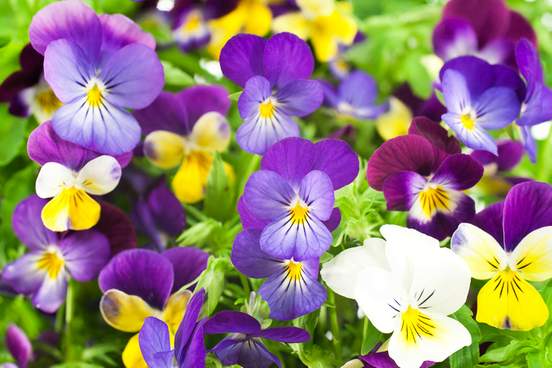
Pansy
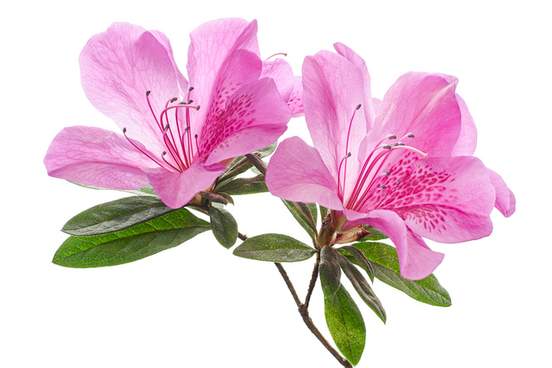
Azalea
Borrowed from Greek azaléā, the feminine of azaléos, azalea means literally "dry, parched, withered." Apparently this flowering shrub was given its name because of its ability to thrive in a dry climate.
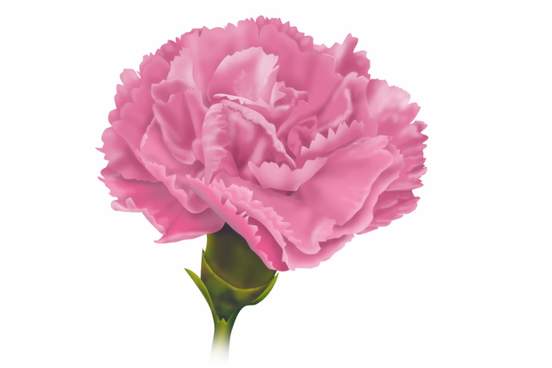
Carnation
What is the first thing that comes to mind when one thinks of the soft, fluffy flowers called carnations? Probably not flesh. But the word carnation actually comes from Middle French, from Old Italian carnagione, from carne meaning "flesh." It is related to words like carnage and carnivore. Why is a flower named after flesh? Because of the fleshy hues of some varieties.

Tulip
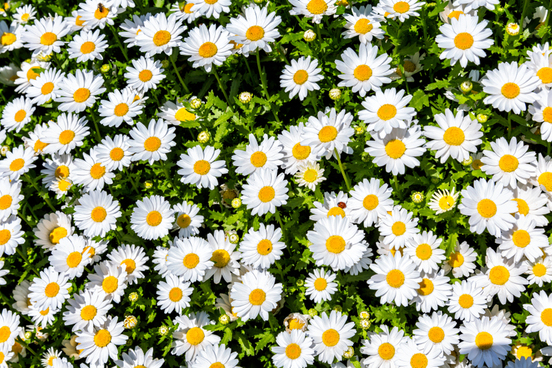
Daisy
Daisy is from Old English dægesēage, from dæg meaning "day" and ēage meaning "eye." This is because the flower opens or "wakes" in the morning and closes or "sleeps" at night. The ray-like appearance of the daisy as it wakes and sleeps with the sun reminds one of an eye that opens in the morning and closes at night.

Fern
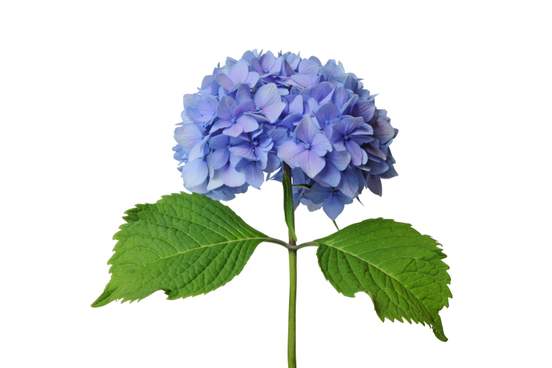
Hydrangea
The hydrangea, a popular flowering shrub, gets its name not from the shape of its flowers or leaves, but from the shape of its seed pods: from Greek hydr- meaning "water" and angeîon meaning "vessel, container," the name refers to the cup-like capsules that hold its seeds.
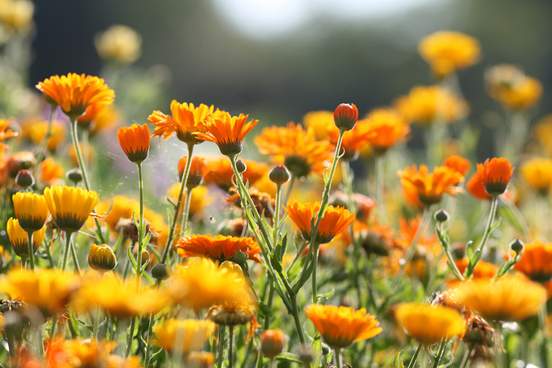
Calendula
The calendula, a plant in the daisy family, probably gets its name from Italian calendola "the plant Calendula officinalis," from calenda "first day of the month" because it blooms monthly. Another name for the calendula is pot marigold. Most of the flowers we call marigolds, however, belong to a different genus within the daisy family. Marigold comes from Middle English Mary (mother of Jesus) and gold, in recognition of Mary, and for the golden color of the flowers.
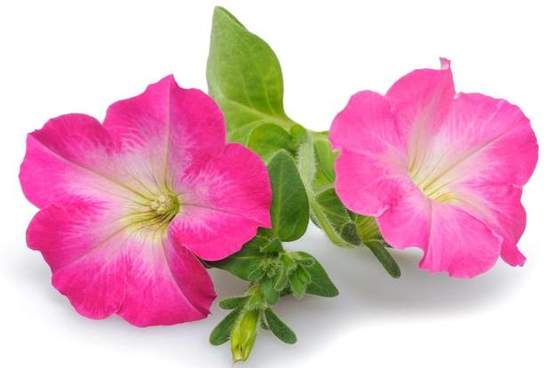
Petunia
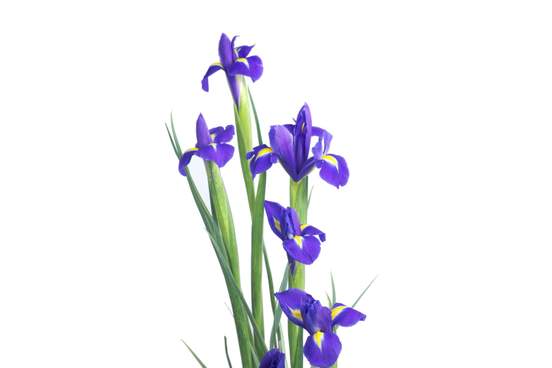
Iris
The word iris is borrowed from Latin īrid-, īris "rainbow," borrowed from Greek meaning "rainbow, iridescent halo around the moon." The etymology of this word is for both the flower and the colored part of the eye.





